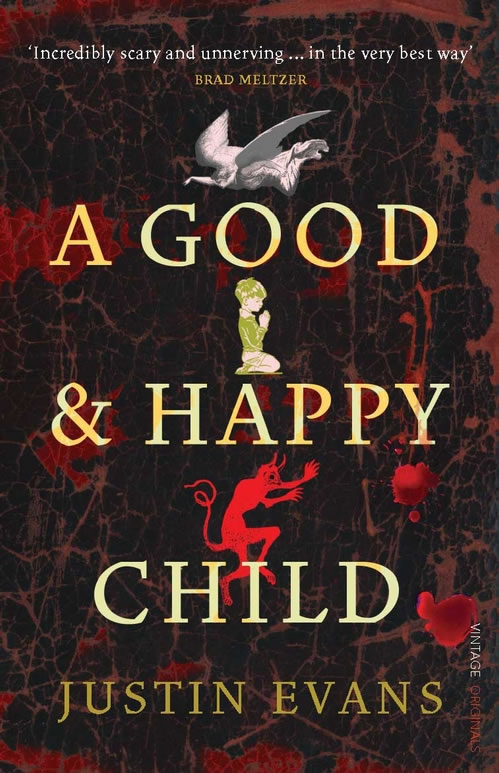 Most of us will have experienced, at some point in our lives, a moment of inexplicable terror: the half-second in between waking and sleeping, say, when you know that there is something standing at the foot of your bed. But most of us will be able, safe at home, with the lights blazing, to laugh at ourselves, knowing that there is nothing evil out there.
Most of us will have experienced, at some point in our lives, a moment of inexplicable terror: the half-second in between waking and sleeping, say, when you know that there is something standing at the foot of your bed. But most of us will be able, safe at home, with the lights blazing, to laugh at ourselves, knowing that there is nothing evil out there.
For George Davies, the protagonist of this sinister, electrifying debut novel, this is (somewhat unfortunately) not true. He is an awkward, podgy, trombone-playing adolescent whose idea of a good time is to talk about Milton. His intelligence is a cage, keeping him from making friends at school; his mother, a frighteningly clever liberal feminist, hides in her basement pouring out cross monographs, ignoring the development of her child. His father, now dead (in mysterious circumstances), was a religious man and a professor, similarly uninterested in letting George have a normal life.
Evans’s depiction of the tortures and alienation of puberty is sharp. George is entirely isolated, and receptive to anything that might come along. So when a scruffy boy appears, George is only too happy that somebody is taking an interest in him – despite the fact that the boy is floating several feet off the ground, outside his bedroom window. A real strength of the book is the way in which Evans presents the initial stages of what will become full-blown possession as seductive – we too are drawn in by the whisperings of this boy. He tells George he is special, and that people are against him – indeed, reveals some shocking knowledge about George’s father and friends.
The slow, eerie tension of Evans’s writing renders the book so vivid and frightening that it is sometimes unbearable, but always compelling – partly because Evans focuses his gaze upon the concrete, eschewing abstract explanations of evil and the sources of evil. There are scenes of intense horror, especially in the demon world, an empty place where the earth appears as a “great black shipwreck” from which souls shine, “Beacons” telling the demons whom to attack. Evans also brilliantly depicts the mundane horrors of the clinical institutions to which George is shunted as his behaviour becomes increasingly erratic. George is, mostly, relatively passive, his status as a child rendering him powerless to do anything – as much at the mercy of the adults who govern his life as of the evil spirit. There is no respite; when he eventually takes action, in a passage so menacing that I was unable to read it on my own, the consequences are catastrophic. The adult characters are, almost uniformly, entirely focused upon their own obsessions, and those that try to help George often end up doing exactly the opposite.
The novel is all the more convincing for being rooted in folklore and popular culture, with shades of The Omen, The Exorcist, and Rosemary’s Baby, of the Salem witch trials, accounts of impish attacks, and even of children’s books such as Uncle Montague’s Tales of Terror. This is not to say that Evans is derivative; on the contrary, he takes these familiar elements and succeeds, in masterful fashion, in creating something original. I recommend, however, that you read it during the day.
A Good & Happy Child is published by Vintage

